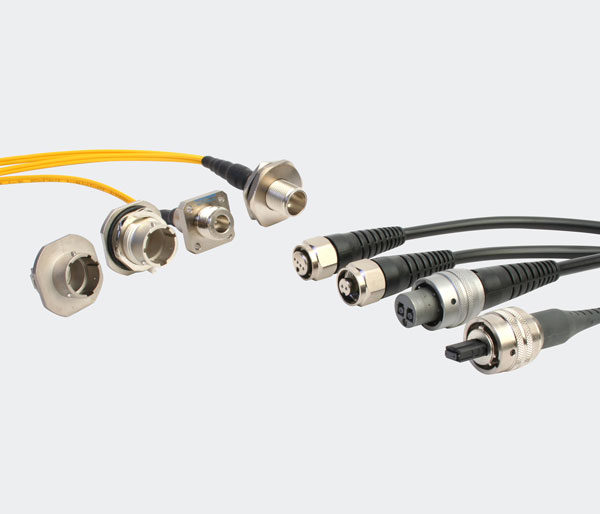If Volkswagen electric vehicles are equipped with BYD’s DM-i technology, do you think there is a chance to make a comeback?
On the morning of March 21st, an industry insider witnessed a delegation led by Volkswagen China General Manager Bairuide visiting BYD’s Shenzhen headquarters, and Wang Chuanfu personally received them.
As soon as the news comes out, it makes people wonder – is it possible that Volkswagen will also use BYD’s DM-i technology?
Why is it DM-i technology rather than power batteries or other three electric accessories?
 In fact, since October last year, rumors of Volkswagen Group introducing BYD DM-i technology into new products have been circulating in the industry. In November last year, people close to BYD disclosed that Wang Chuanfu had led a team of technical engineers from Fodi Power to visit FAW Hongqi and FAW Volkswagen Audi R&D Center for research. Both sides jointly witnessed the results of blade battery and DM-i power system adaptation.
In fact, since October last year, rumors of Volkswagen Group introducing BYD DM-i technology into new products have been circulating in the industry. In November last year, people close to BYD disclosed that Wang Chuanfu had led a team of technical engineers from Fodi Power to visit FAW Hongqi and FAW Volkswagen Audi R&D Center for research. Both sides jointly witnessed the results of blade battery and DM-i power system adaptation.
Industry insiders revealed that in the past six months, Volkswagen Group has not only investigated BYD’s DM-i technology, but also investigated the hybrid technology of other independent brands such as Geely Raytheon Hybrid. It can be seen that the public has really taken great pains to launch hybrid products.
According to the data from the Ministry of Public Security on compulsory transportation insurance, the cumulative terminal sales of new energy passenger vehicles in China in 2022 were 5.233 million, a year-on-year increase of 79.8%. Among them, the terminal sales volume of pure electric vehicles was 3.974 million, with a year-on-year increase of 66.8%; The terminal sales volume of plug-in hybrid vehicles was 1.258 million, a year-on-year increase of 138.4%. PHEV models have accounted for more than 1/4 of the new energy passenger vehicle market.
However, for Volkswagen, although the sales volume in the pure electric market is not very competitive, there are at least ID family models built on the MEB platform that can be talked about. However, in the plug-in hybrid market, except for the two Passat and Tuguan L plug-in hybrid models, there is no technical reserve that can be taken care of.
In contrast, Toyota, a domestic joint venture giant, at least has HEV technology and a comprehensive dual engine layout as the backing. But Volkswagen can say that apart from fuel cars, there are basically only pure electric ID family models.
Therefore, at a time when the sales volume of fuel vehicles has been replaced by hybrid vehicles (gasoline electric hybrid, plug-in hybrid), Volkswagen urgently needs a batch of hybrid products that can withstand independent vehicle companies. Otherwise, the trend of continuous decline in Volkswagen’s sales in China will be difficult to reverse.
However, if you want to take the self developed test, with reference to the lagging pace of pure electrification in Volkswagen Group, the self developed hybrid technology may not be available until 2025, when it’s too late. Therefore, choosing to purchase existing mature technologies is undoubtedly the best solution for the currently burning public.
As the king of cost and energy consumption, BYD’s DM-i technology is undoubtedly the best choice for obtaining the seal and approval of the sales list.
In fact, it is not a shame for a joint venture to choose to borrow technology from independent car companies. Before that, Toyota had already established a joint venture with BYD, and BYD’s three electric technology had already been installed on Toyota’s second pure electric vehicle type bZ3.
However, it needs to be reminded that BYD’s technology is not a panacea for electrification, and the current problems Volkswagen faces in the new energy market are far more than three electric technologies. To reverse the decline in the new energy market, Volkswagen still has a long way to go.




